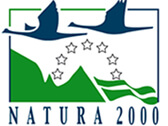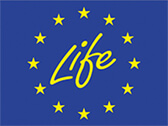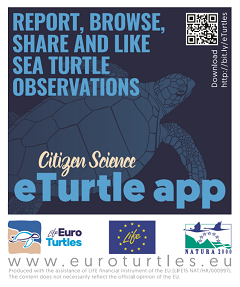Nest protection
Predation, inundation and damage by beach users, affect a large proportion of nests, and as a consequence the production of hatchlings recruiting to the population is severely compromised. Predators are basically represented by feral dogs and foxes, whose populations have increased thanks to the availability of human waste, and so they should be considered as an indirect anthropogenic threat rather than a natural mortality factor. The project will improve (i) the capacity to detect nests in need of specific protection in areas at risk of predation or inundation and (ii) the capacity to adequately protect the nest by anti-predator grids or by relocating them in areas with less risk of inundation. The current capacity is limited to on-foot ground surveys conducted by the limited personnel of the involved organizations over long coastal tracts. As a consequence, some tracts are inefficiently surveyed (low frequency and delayed intervention in case of need) or not surveyed at all. This results in hundreds of undetected and unprotected nests per year. The project will set up a new system for nest detection and protection with a specific regard to areas currently not covered by such activities. Unmanned aerial vehicles (UAV) will be used to detect nests along large areas. This is a very cost-effective approach which dramatically decreases the cost per nest detected compared to ground surveys which require a high number of persons involved. This approach will also allow an early detection of nests at risk of predation or inundation, allowing a prompt intervention by ground teams that will rapidly reach the nest location



